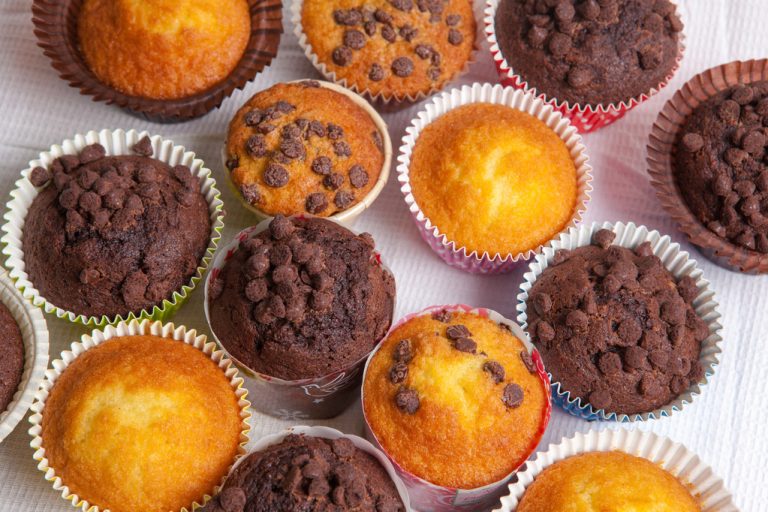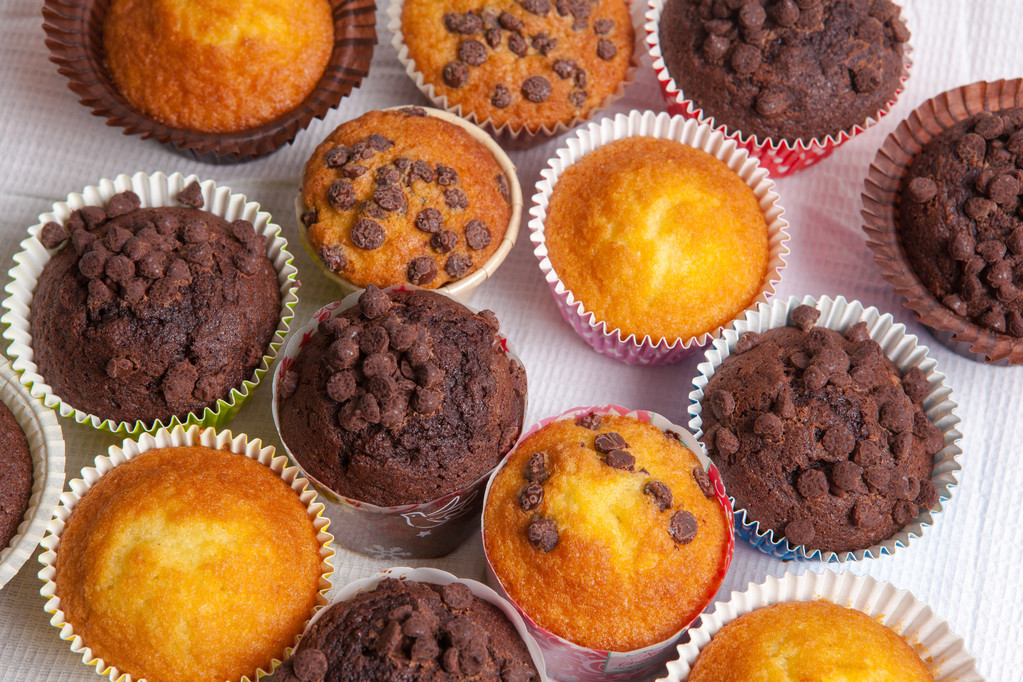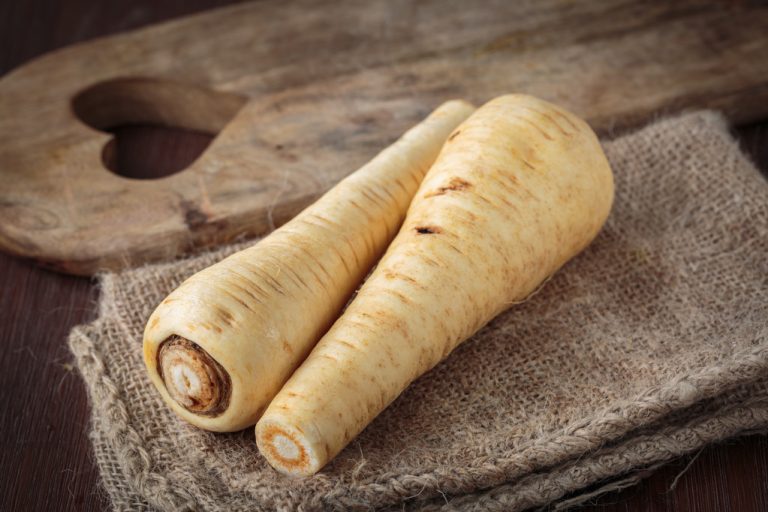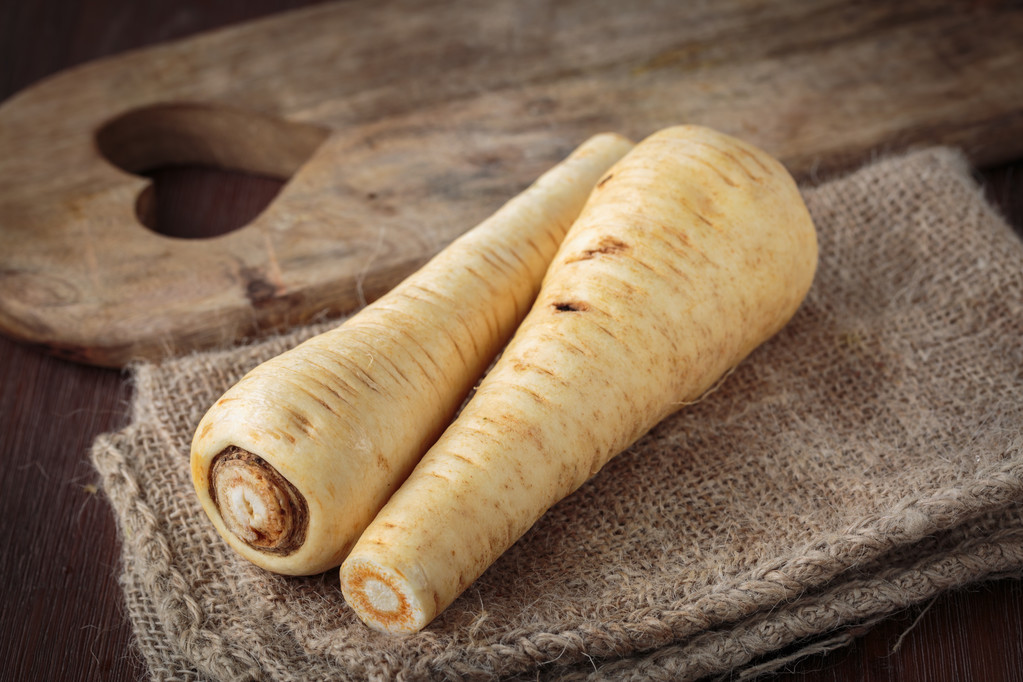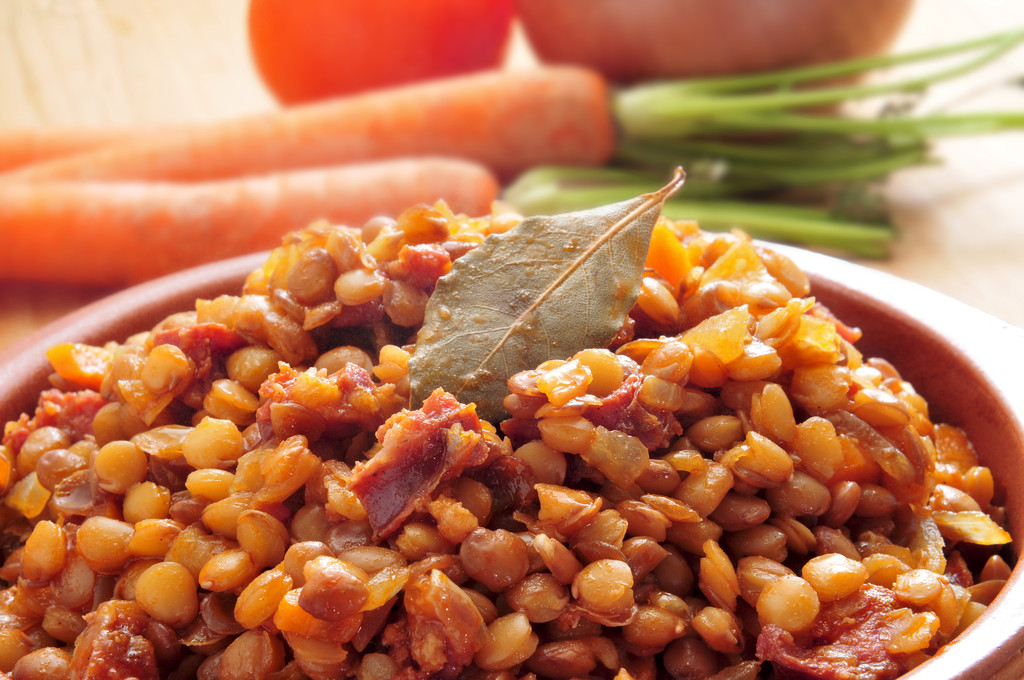Lauric acid is mainly obtained from laurel and used to make soap. But it is also an important component of coconut oil. In this article you can read everything you need to know about lauric acid.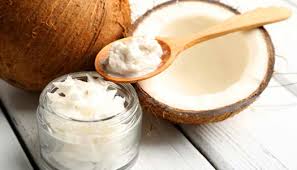
Lauric acid – This is where it comes from
Lauric acid is a medium-chain saturated fatty acid named after the Latin name for laurel (Laurus nobilis). Because: The oil of the laurel plant consists mainly of lauric acid.
Lauric acid is found in the following foods:
The fruits of the laurel contain a fatty oil. This consists mainly of lauric acid.
Coconut oil is particularly well known for its lauric acid content. Cold-pressed coconut oil consists of 45 to 60 percent lauric acid.
Lauric acid is also found in palm oil.
Lauric acid is also found in breast milk, but in much lower concentrations.
Lauric acid is also found in small amounts in butter and other milk fats.
effect of lauric acid
Lauric acid is primarily said to have health-promoting effects. However, it is not entirely undisputed:
Since lauric acid is a saturated fatty acid, it is suspected of raising cholesterol levels, which in turn increases the risk of cardiovascular disease. The Federal Center for Nutrition is also critical of coconut oil for this reason.
According to other research, however, lauric acid contains what is known as HDL cholesterol, which helps to protect the blood vessels. It supports the human circulatory system and reduces the risk of metabolic disease.
Compared to the problematic trans fats, lauric acid ultimately contributes to a better lipid profile and thus cholesterol levels (study). HDL cholesterol (the “good” cholesterol) is raised more than LDL cholesterol (which is considered the “bad” cholesterol).
For this reason, you should only use cold-pressed (native) coconut oil! If coconut oil is refined, the problematic trans fats are created. Then you can no longer benefit from the benefits of lauric acid.
The lauric acid also has an antimicrobial effect, as a study from 2009 shows. It provides effective protection against viruses, bacteria and fungal infections – which is also the reason why it is found in human and other mammalian breast milk.
It is also believed that lauric acid helps diabetics absorb insulin better. However, these are relatively new and not yet sufficiently substantiated conjectures.
The acid could also help with weight loss: the enzymes in lauric acid are broken down faster than other fats, which stimulates the metabolism. However, this is also not conclusively proven.
Because of its smell, lauric acid protects against ticks and some insects. Simply rub your skin (especially the exposed areas) with some coconut oil.
Similarly, lauric acid acts against mites, fleas, lice and other parasites. Rubbing coconut oil on pets and farm animals such as dogs or horses can help.
In addition, coconut oil is said to provide the muscles with energy quickly and help against muscle tension due to the lauric acid, among other things. You can rub affected muscle parts. This can help both prophylactically and with tension.

